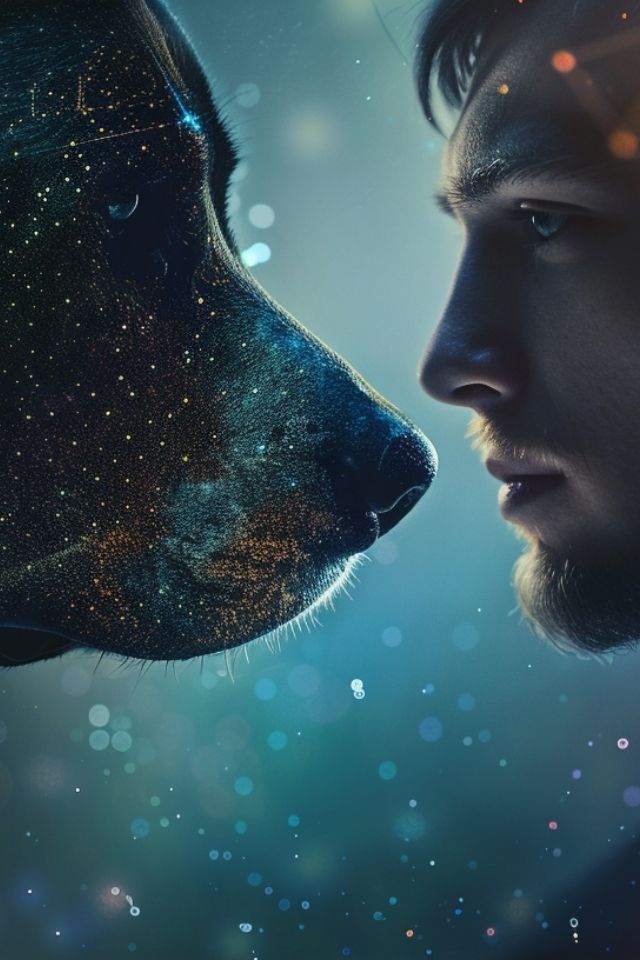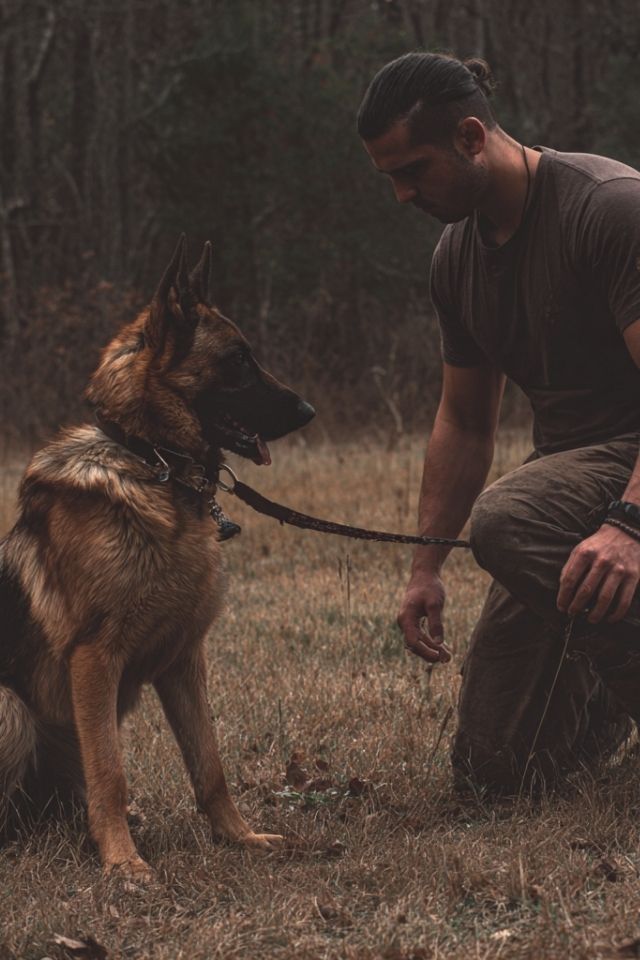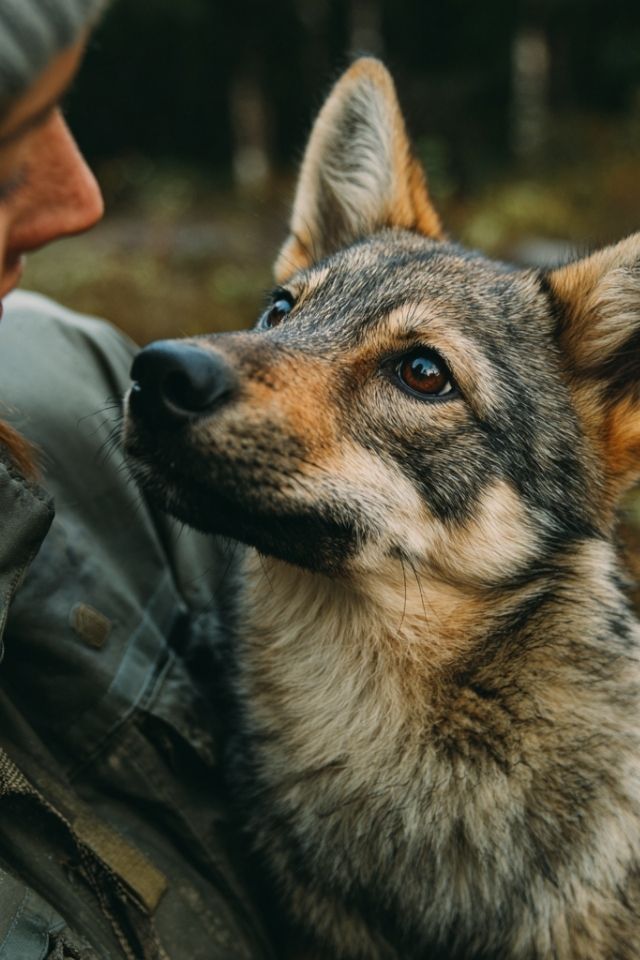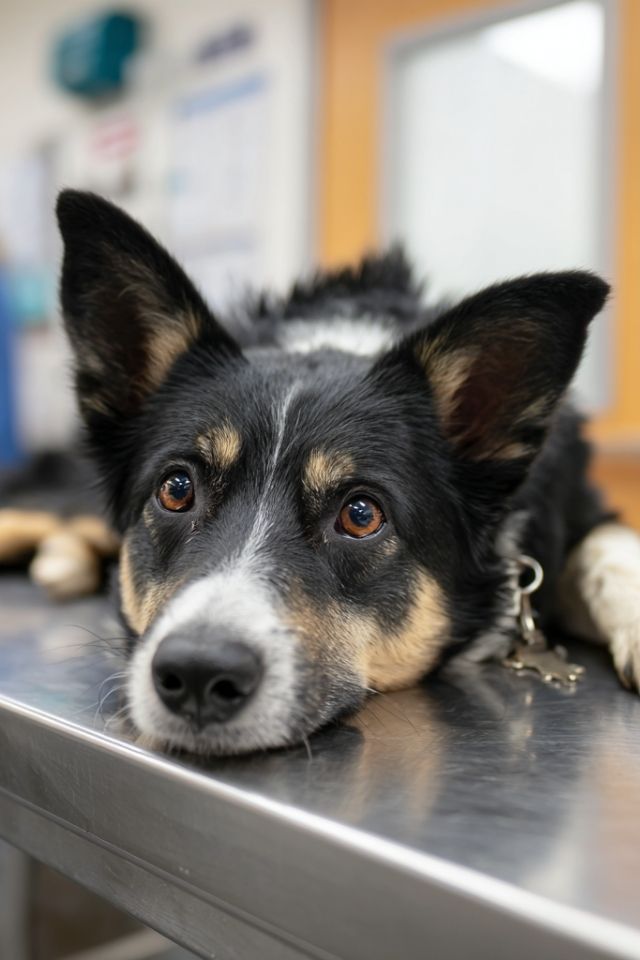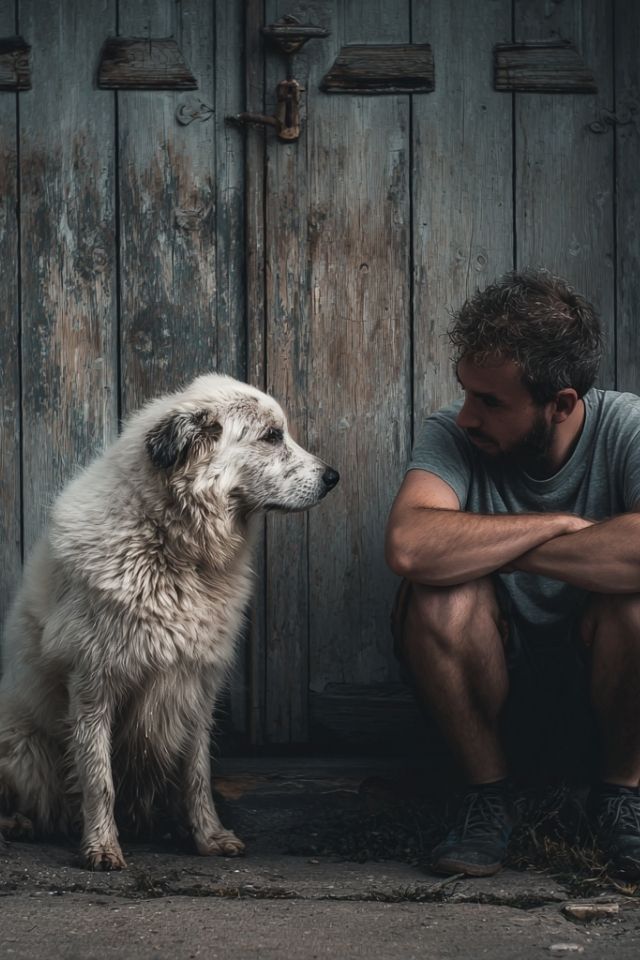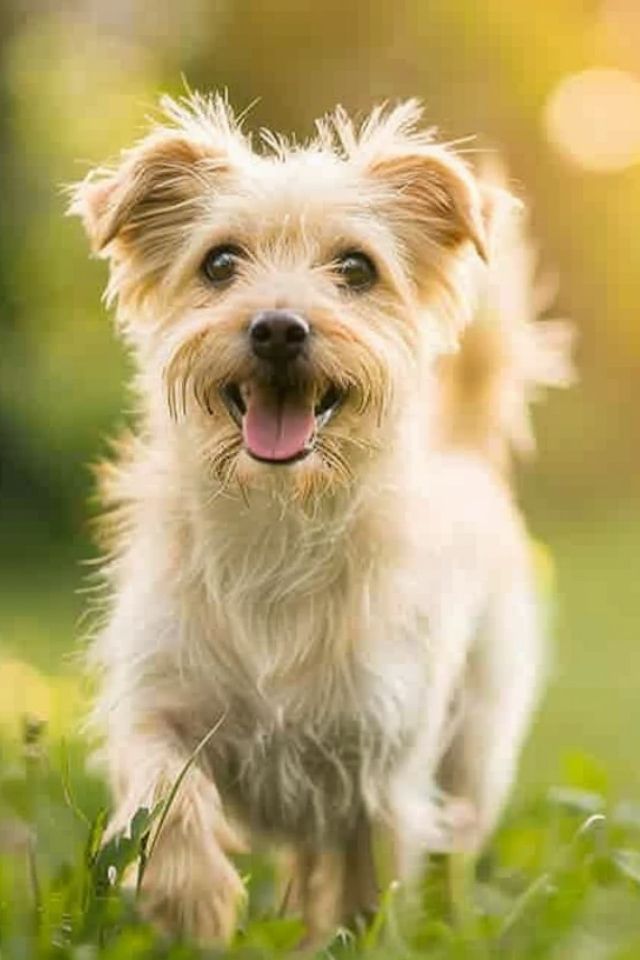The Morning Walk That Changed Everything
Picture this: You’re standing on the sidewalk, leash in hand, calling your dog’s name for the third time. Luna—your usually attentive companion—has her nose pressed to a crack in the pavement, entire body trembling with focus. She doesn’t hear you. Or perhaps more accurately, she can’t hear you. Her world has narrowed to a single point of scent, and you’ve become invisible.
You feel that familiar frustration rising. “She’s being stubborn again,” you think. But what if I told you that in this moment, Luna isn’t being defiant—she’s drowning in sensation?
Your dog possesses up to 300 million olfactory receptors. You have 6 million. If we could translate this difference into vision, you’d be legally blind compared to your canine companion. Luna isn’t ignoring you; she’s experiencing something closer to sensory overload, a cognitive flood that leaves no room for your voice, your cues, or even the bond you share.
Understanding this shift—from judgment to compassion, from correction to connection—changes everything.
The Architecture of Wonder
Let me take you inside your dog’s mind for a moment.
When Luna takes a deep breath, she’s not just smelling. She’s reading a molecular story written in the air, on the ground, in the morning dew. Specialized neurons capture scent particles and transform them into electrical signals that race through neural highways built specifically for this purpose. The journey happens in layers, like a building of consciousness rising floor by floor.
The ground floor—the olfactory bulb—whispers: “Something is here.”
The second floor—the limbic system—adds memory and emotion: “This reminds me of the golden retriever we met last Tuesday, the one who shared his tennis ball.”
The top floor—the prefrontal cortex—attempts decision: “Should I follow this trail or return to my person?”
Sometimes, the first two floors are shouting so loudly that the third floor can’t think at all.
Your dog’s brain devotes forty times more neural real estate to scent than yours does. Forty times. They possess turbinate bones that create internal air currents, allowing them to breathe and analyze simultaneously—maintaining what we might call a “scent stream” even while panting after a run. They have a secret weapon called the vomeronasal organ, processing pheromones and chemical communications invisible to us. When you see that peculiar teeth-chattering behavior after an intense sniff, Luna is pumping molecules to this organ for deeper analysis.
She’s not just smelling the world. She’s reading it, feeling it, remembering it—all at once.
When the Gift Becomes the Storm
There’s a moment when too much information becomes noise. When the symphony becomes cacophony.
Watch Luna at the dog park entrance. Her nostrils flare. Her pupils dilate. She begins pulling in multiple directions, nose swinging from point to point like a compass that’s lost true north. She’s not choosing to ignore your recall. She’s experiencing what neuroscientists call a cognitive bottleneck—too many signals competing for too few processing resources.
The physical signs are subtle until you know what to look for: the fixation on a single spot, unable to disengage. The sudden, intense pulling toward multiple scent sources in rapid succession. The whining that sounds like frustration but feels like overwhelm. The circular patterns, returning again and again to the same spots as if caught in a loop she cannot break.
Research tells us that olfactory saturation triggers both branches of the nervous system, flooding her body with stress hormones, stealing away impulse control. Imagine trying to have a meaningful conversation while twenty televisions blast different channels at full volume. Now imagine you can’t leave the room, can’t turn them off, can’t even cover your ears.
This is what scent overload feels like to your dog.
When Luna discovers a particularly compelling scent, her brain releases dopamine—the same reward chemical triggered by your praise, by dinner, by play. Each sniff reinforces itself, creating a loop that becomes harder to escape with every breath. Simultaneously, norepinephrine surges through her system, driving exploration, curiosity, the need to know. Together, these neurochemicals create something close to attentional hijacking.
Your dog has finite cognitive resources, just as you do. When her working memory fills completely with olfactory data, there’s literally no space left to process your words, your gestures, the training you’ve worked so hard to build. The NeuroBond you share—that invisible connection built on trust and understanding—can’t function when her neural bandwidth is completely consumed.
The Genetic Story Written in Scent
Every breed carries a different relationship with smell, written into their DNA like a love letter or a warning.
If you live with a Beagle, a Bloodhound, a Basset Hound—you live with a nose that happens to have a dog attached. These scent hounds were bred for centuries to prioritize olfaction over everything else. Long ears sweep scents upward. Facial wrinkles trap odor molecules. Brain structures tilt heavily toward scent processing. When your Beagle locks onto a trail, she enters a state similar to human flow—that place of total absorption where the external world simply ceases to exist.
She’s not being stubborn. She’s being exactly what she was designed to be.
Border Collies, Australian Shepherds, Corgis—the herding breeds—experience the world differently. Their neural architecture balances visual, auditory, and olfactory input more evenly. They can sample scents without falling into them completely. They were bred to maintain constant awareness of their handler, to make split-second decisions based on movement and position rather than invisible trails. This doesn’t make them immune to scent overload, but it takes a more intense olfactory environment to overwhelm their balanced processing systems.
And then there are the working dogs—the professionals who demonstrate that with intensive training, dogs can learn selective focus. The detection dog at the airport processes thousands of competing scents while searching for specific targets. The search-and-rescue dog navigates disaster debris filled with overwhelming odors while hunting for human survivors. They’ve learned to cognitively prioritize through extensive reinforcement.
But even experts have limits. Even the most highly trained nose can still be captured by novel or particularly salient scents. Understanding this keeps us humble, keeps us compassionate.
Learning to Read the Language She Speaks
Luna’s nose tells stories through movement, and learning to read these patterns gives you a window into her inner world.
Watch her rapid surface sniffing—quick movements, short sharp breaths—scanning the environment like scrolling through news headlines. This is moderate engagement. She can still hear you, still respond, still choose connection over curiosity.
Now watch deep air scenting: head lifted, mouth slightly open, long slow inhalations. She’s processing airborne scents from a distance, building a three-dimensional map of what’s approaching or what’s being cooked two houses down. In these moments, she’s reading the wind itself.
The tracking pattern is different entirely—methodical, nose-to-ground, rhythmic breathing, her whole body aligned with an invisible trail. This is when the Invisible Leash between you stretches thinnest, when your bond must be strongest to call her back.
Watch for the processing freeze: Luna becomes statue-still, nose hovering near a scent source, all motor function paused. Her brain is working so intensely to analyze complex information that movement itself stops. It’s like watching a computer freeze while processing too large a file. In these moments, interruption feels like violence.
Understanding these patterns isn’t about control—it’s about connection. It’s about knowing when she can hear you and when the world has become too loud.
The Scent You Carry
Here’s something most people never consider: you are part of Luna’s olfactory landscape.
Your emotional state creates chemical signatures she reads as clearly as you read text on a page. When you’re stressed about that work deadline, your body releases cortisol and adrenaline through your skin. Luna doesn’t just sense this—she breathes it in, processes it, responds to it. Your anxiety becomes her environment.
Research shows dogs detect human stress hormones at remarkably low concentrations. Your hidden worry triggers her vigilance, her proximity-seeking, sometimes her own stress responses. You cannot hide your emotional state from a being who reads chemical truth.
But the reverse is equally powerful. When you’re calm, genuinely present, your body releases oxytocin and serotonin—a chemical signature that soothes her. This bidirectional communication explains why Luna gravitates toward family members who are upset, offering comfort before a single word is spoken. She’s responding to an olfactory SOS you didn’t know you were sending.
Even your choice of products matters. Strong artificial fragrances don’t just mask odors—they create competing signals requiring constant processing. Heavy perfume or cologne can temporarily mask your familiar scent, creating confusion or mild distress. Luna might sniff you more intensely after you’ve applied something new, searching for you underneath the artificial layer.
Your scent is part of the NeuroBond you share. When it changes dramatically, so does her sense of safety.
Building Bridges Through Understanding
So how do we help Luna navigate this scent-saturated world without losing herself—or us—in the process?
Start your walks with what I call a Scent Gateway—a dedicated three to five minutes where Luna can explore freely, satisfying initial olfactory curiosity. This isn’t indulgence; it’s strategy. After this focused sniffing period, her ability to engage with you improves dramatically. It’s similar to how you concentrate better after clearing your mind, after processing what needs processing.
Create rhythm throughout your walk: movement sections followed by designated sniff breaks. This predictability helps her manage attention. She learns that exploration is honored, not suppressed, which paradoxically makes her more willing to offer focus when you need it.
Teach the pattern: sniff-sniff-check-in. After investigating two interesting spots, she automatically looks back at you. Not because she’s been corrected, but because connection has become part of the pattern itself. This is Soul Recall in its purest form—the choice to return not from obedience but from relationship.
Consider scent-marked recall: pair your recall cue with a specific, unique scent on your hand—a particular essential oil she encounters nowhere else. When Luna is deep in olfactory processing, this multi-sensory signal cuts through environmental noise more effectively than words alone. You’re speaking her language.
Choose walking routes thoughtfully. Gradual complexity prevents immediate overwhelm. Early morning or late evening often provides calmer scent environments—fewer dogs have recently passed, temperature affects how scents disperse. Create movement periods as cognitive rest, using gentle cues like “let’s move” paired with increased pace to help her disengage temporarily. These aren’t restrictions; they’re recovery periods.
When Safety Demands Intervention
There are moments when sniffing becomes dangerous fixation—near traffic, aggressive animal traces, toxic substances, escape risks. If Luna doesn’t respond to her name within three seconds in these situations, you’re witnessing complete cognitive override.
The multi-sensory interrupt combines what she can’t ignore: a unique sound (your emergency whistle), gentle touch on her hindquarters (not her head, which startles), immediate movement away from the scent source using your body, not leash tension. In true emergencies, what I call a “scent bomb”—a container with intensely novel scent like liquid fish oil—can break the fixation by providing competing olfactory input.
Train a separate emergency command using rewards so valuable they’re never used elsewhere. This isn’t your everyday recall—this is the override that means “stop everything now” and predicts something remarkable enough to compete with the invisible storm.
Nourishing the Nose
Luna’s olfactory health depends partly on what you feed her.
Omega-3 fatty acids—particularly DHA and EPA from quality fish oil—maintain the cell membranes of olfactory receptors. Approximately 30mg of combined EPA/DHA per pound of body weight daily supports the neurons that make scent detection possible. Antioxidant-rich foods like blueberries and spinach protect these delicate tissues from oxidative stress. Zinc from beef or pumpkin seeds is essential; deficiency directly impairs smell.
Hydration matters more than most realize. The thin mucus layer coating Luna’s olfactory epithelium must maintain specific consistency for optimal function. When she loses even 2% of body water—less than a pound for a fifty-pound dog—performance declines measurably. During intensive sniffing or hot weather, her hydration directly impacts processing efficiency.
Even meal timing affects her nose. After eating, blood flow redirects to digestion, temporarily reducing resources for olfactory processing. The optimal window for scent work is two to three hours after feeding—blood sugar stable, but digestion not demanding maximum resources.
The Journey Through Time
Puppies arrive with developing olfactory systems forming neural pathways that will influence their entire lives. Between eight and sixteen weeks, gentle exposure to varied but not overwhelming scent environments builds resilience. Watch for excessive yawning, inability to focus, or frantic sniffing followed by shutdown—signs you’ve pushed past her processing capacity.
Adolescents experience a perfect storm: heightened olfactory sensitivity combined with hormonal chaos. Sexual maturity sharpens interest in reproductive scents. Your previously focused puppy suddenly fixates on every marking spot, unable to resist investigating where other dogs have been. This isn’t regression; it’s neurology.
Adults reach peak performance between two and seven years—maximum discrimination, optimal processing speed. This is when the NeuroBond can deepen through advanced nose work, when challenges strengthen rather than overwhelm.
Seniors need more processing time. Not because their noses fail, but because neural processing slows. Allow longer sniff breaks. Simplify scent games while maintaining engagement. Think of it as meditation for aging minds—gentle, meaningful, sustaining.
The Invitation
Next time you’re standing on that sidewalk, leash in hand, calling Luna’s name into what feels like silence—pause.
She’s not ignoring you. She’s reading stories written in molecules, solving puzzles you cannot perceive, experiencing dimensions of reality you can barely imagine. Your frustration is understandable. Your love for her is not in question. But understanding the invisible storm she’s navigating transforms everything.
This is not about perfection. It’s about building a bridge between your world and hers—a bridge made of patience, knowledge, and the willingness to honor her nature while guiding her toward connection.
The Invisible Leash between you doesn’t break when she’s lost in scent. It stretches. Your job isn’t to pull her back with force, but to call her home with understanding.
She will return to you. Not because you demanded it, but because the bond you’re building—the NeuroBond forged through compassion and recognition of who she truly is—becomes more compelling than even the richest scent trail.
That’s not training. That’s love translating itself into a language you both can speak.
